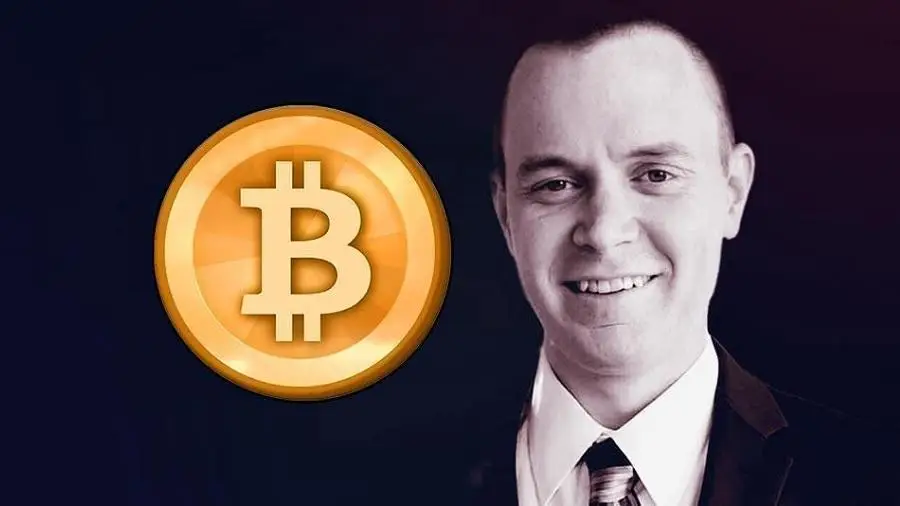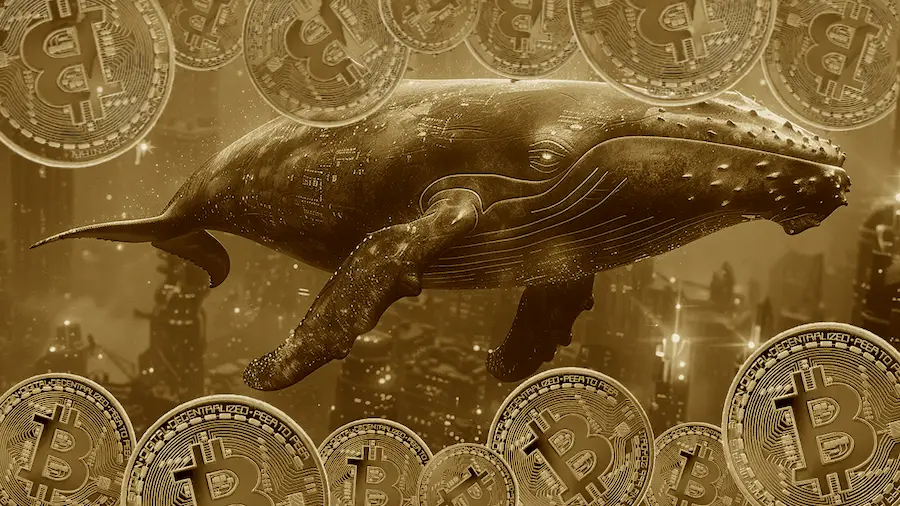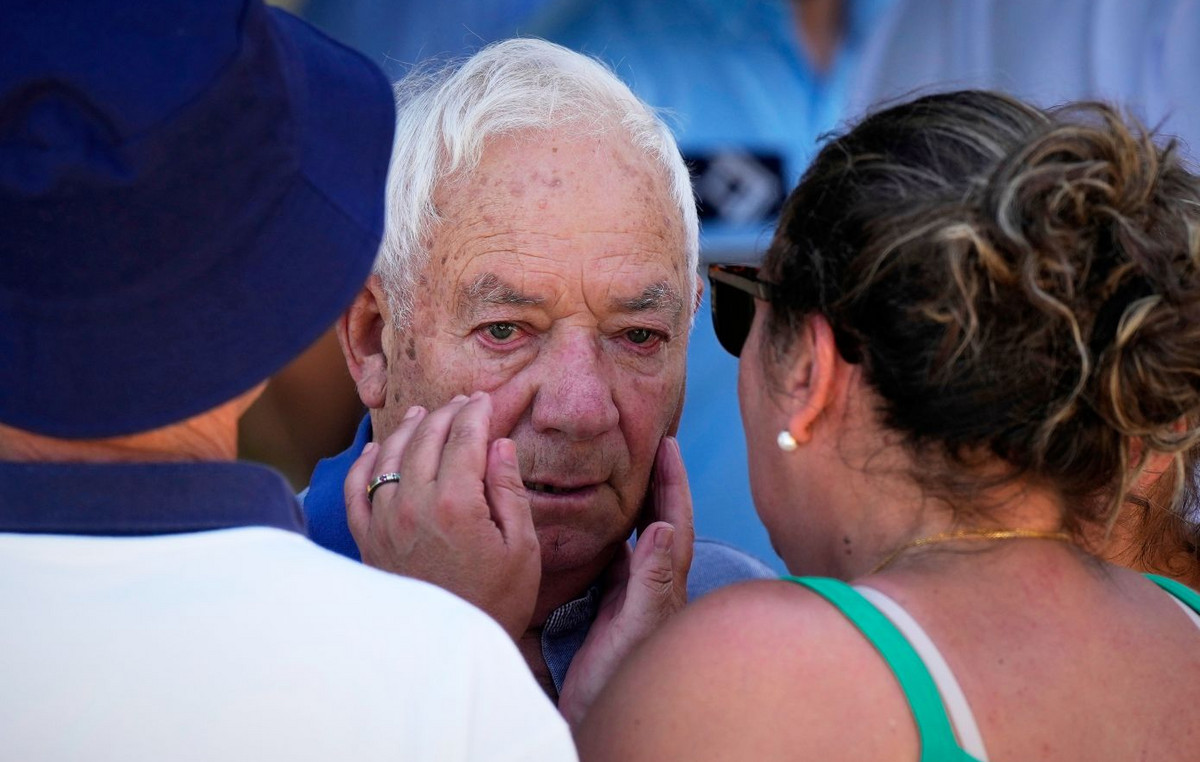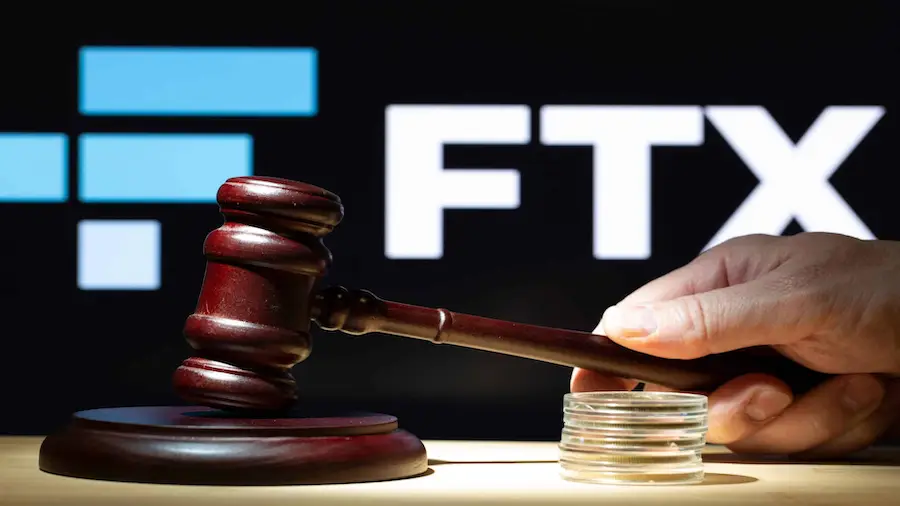Young people who define themselves as bisexual use cannabis more often and are more likely to use it to address mental health issues and for what researchers call experiential “enhancement”.
A recent study conducted in the United States quantitatively examines motives for cannabis use among sexual minorities. Led by psychologists at Washington State University, the experts analyzed survey data from nearly 4,700 college students across the country. Of the participants, 23% were classified as bisexual after indicating that they were not exclusively attracted to just one gender.
“The group classified as bisexual was more likely to report using cannabis to cope with adversity, which is somewhat surprising,” said Kyle Schofield, first author of the study. study published in the scientific journal Cannabis and Cannabinoid Research. “The coping motive was less surprising because we also saw that the group classified as bisexual reported higher levels of all the mental health issues we looked at in the study.”
The bisexual group reported higher levels of cannabis use disorder, social anxiety, generalized anxiety, depression and suicidal tendencies than groups classified as exclusively “straight” or “gay” – findings that are in line with previous research.
“People who are in sexual minority groups not only face the normal stresses of life, but also an additional column of stress related to being a sexual minority,” Schofield said. “For bisexual people, there may be even more different types of stress, as they may face discrimination from gay and straight communities, and additional stress can lead to negative mental health outcomes.”
For the authors, the results of the study can help to improve mental health interventions for bisexual individuals. For this study, Schofield worked with Professor Carrie Cuttler to analyze archival data from a survey by the Addictions Research Team, which combines groups of participants from 10 US universities.
The researchers focused on respondents between the ages of 18 and 30. They relied on a question that asked participants to rate their attraction by gender on a scale, grouping those who reported being “mostly heterosexual” and “mostly homosexual” as bisexual along with those who claimed both types of attraction. This resulted in 3,483 who were in the “straight” group, another 1,081 in the “bisexual” group, and a small group of 105 individuals who were classified as “gay”.
The researchers used the “Motives for Marijuana Measure,” which is based on a metric developed for alcohol, to assess five possible reasons for use: enhancement, compliance, expansion, coping, and sociability. While some of the motives, such as coping, have negative issues associated with them, enhancement does not.
While the study couldn’t give a reason why this motive was so strong in the bisexual group, Cuttler speculated that it might have something to do with being open to new experiences.
“Enhancement is about expanding one’s consciousness, being more open to experience and being more creative, so perhaps these are all related,” said Cuttler, assistant professor of psychology and senior author of the study.
From this sample, the researchers also identified that people in the bisexual group were not only more likely to report cannabis use and use it more often, but they were also more likely to use all three types of cannabis listed in the survey. : flower, edibles and concentrates.
For the researcher, the findings are worrying because the concentrates usually contain a higher level of THC or tetrahydrocannabinol, the psychoactive component of cannabis.
The authors acknowledged that the study was limited by its use of sexual attraction data rather than sexual identity, but they hope the results will stimulate further investigation. The authors also noted that they had limited power to detect differences in the group classified as gay, given the relatively small size of the evaluated group.
“I hope this research helps instigate future large-scale studies where people can identify as gay, bisexual, or straight, as well as those with large samples of other, less-studied groups, such as transgender and non-binary individuals,” said Cutler. .
Source: CNN Brasil
I am an experienced journalist and writer with a career in the news industry. My focus is on covering Top News stories for World Stock Market, where I provide comprehensive analysis and commentary on markets around the world. I have expertise in writing both long-form articles and shorter pieces that deliver timely, relevant updates to readers.







